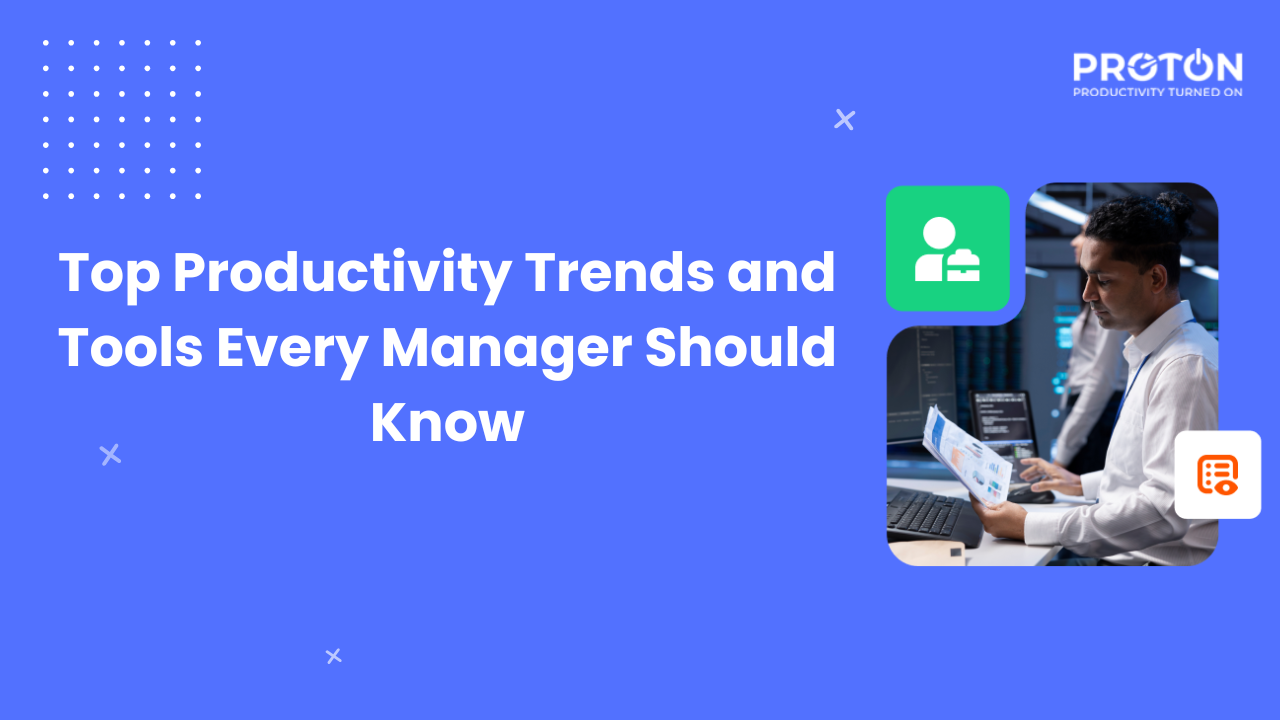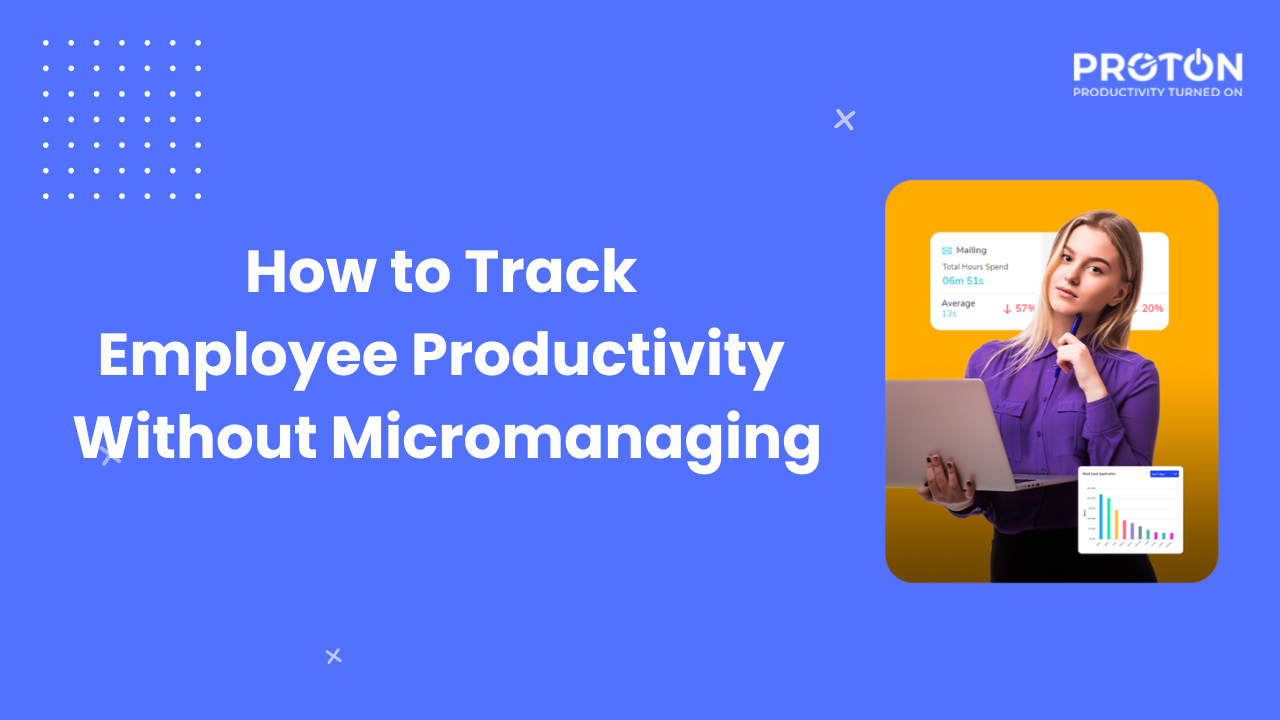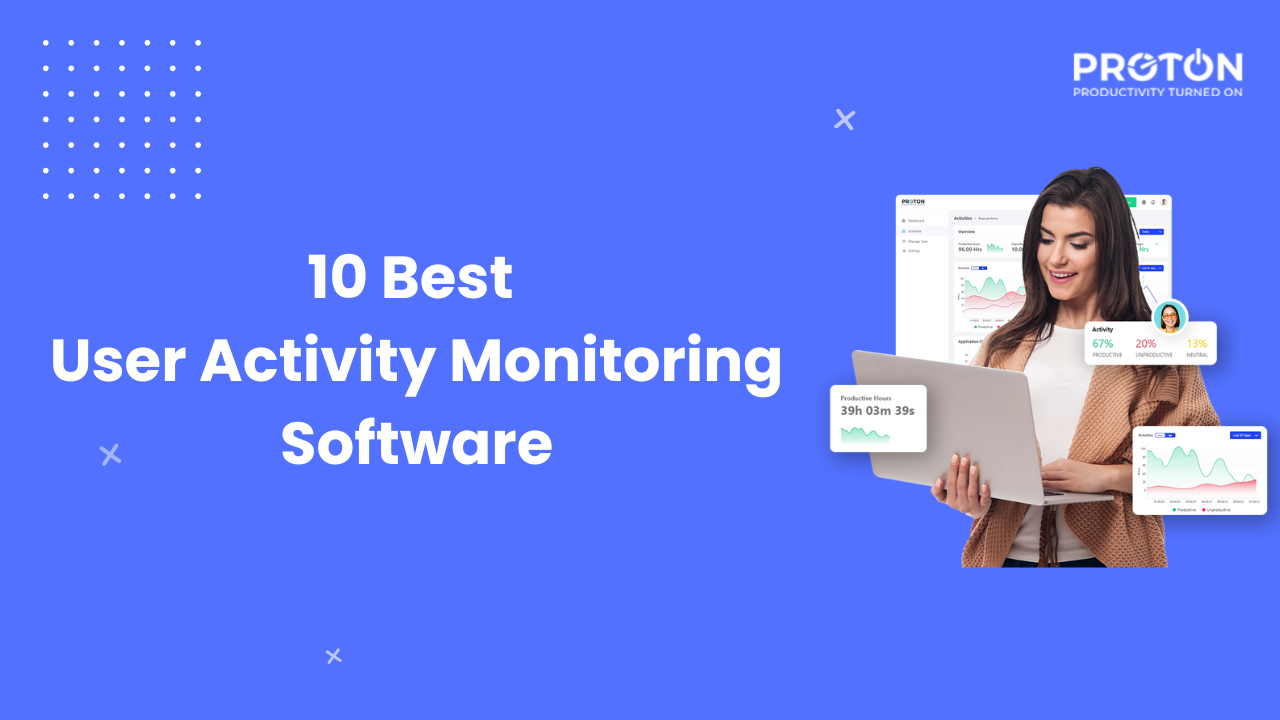Many business leaders struggle to maximize their workforce due to a lack of clear, actionable insights. You may be facing high attrition, skill gaps, or misalignment between team capabilities and business objectives
Imagine these challenges going unaddressed. Each of these issues can ripple through your company, affecting morale and, most importantly, the bottom line.
Workforce analysis helps you do just that, using detailed data on your employees, you can make smarter decisions about how to manage and develop your team.
In this guide, we’ll break down what workforce analysis is, why it matters, and how you can use it to identify issues like skill gaps, manage succession planning, and improve overall workplace efficiency.
What is Workforce Analysis?
Workforce analysis is essentially a method that helps you, as a business leader, to understand and optimize your organization’s most valuable asset, its people. It is a process that involves gathering and analyzing detailed data about your employees to make better decisions on recruitment, retention, and management.
The process starts with gathering and analyzing various data points, such as employee demographics, skill sets, and performance metrics. The aim is to identify patterns and gaps that could impact the growth of the company.
For example, you might discover a skill gap that could impact your future growth or find that a significant portion of your workforce is nearing retirement age.
So, with workforce analysis, you can identify potential skill shortages or surpluses, develop targeted training programs, and ensure succession planning is aligned with your company’s long-term goals.
But remember, successful workforce analysis is not a one-time event but an ongoing process. It requires continuous data collection and updating to adapt to new business strategies and market conditions.
Key Components of Workforce Analysis
Strategic workforce analysis aligns your workforce with your business’s strategic goals, ensuring that you have the right people in the right roles at the right times.
Here are its key components:
1. Workforce Planning
It is an overarching process that begins with defining clear objectives aligned with your organization’s strategic goals. It’s about understanding not just your current workforce but also forecasting future needs based on your business direction.
2. Align Talent Strategy
Here, the focus shifts to developing strategies to attract, retain, and develop talent to ensure that you have the right people in place to meet your future business needs.
3. Gap Analysis
A critical aspect of workforce planning, gap analysis involves comparing your current workforce capabilities with the future needs to identify any skill or competency gaps.
4. Monitor Results
Once your strategies and initiatives are in place, the next step is to monitor and evaluate their effectiveness. That way, you can tweak your strategies based on performance data.
5. Predictive Workforce Analytics
Using past data, machine learning, and statistical methods, predictive analytics help you forecast future workforce trends and needs.
6. Workforce Baseline Assessment
Before you can plan for the future, you need a clear picture of where you stand. A baseline assessment involves a detailed analysis of your current workforce, including staffing levels, skill sets, and other critical workforce metrics.
7. Identify Competency Gaps
Identifying gaps between your current workforce competencies and those needed in the future is crucial. This not only helps in targeting your training and development efforts but also supports strategic recruitment.
The Benefits of Workforce Analysis
Let’s explore how workforce analysis can make a real difference in your organization:
Better Team Dynamics
Workforce analysis helps you understand exactly why some teams click and others clash. If two team members aren’t collaborating effectively, workforce analysis can highlight these dynamics, allowing you to intervene with specific solutions, whether through training or realignment.
So, whether you reshuffle team members or implement new communication strategies, you’re better equipped to foster a more collaborative work environment.
Smarter Decisions
Workforce analysis turns abstract employee data into actionable insights. For example, if your data shows high turnover in a department, workforce analysis helps trace back to potential causes like management style or workload, so you can make decisions that can stabilize your workforce.
Increased Employee Engagement
With workforce analysis, you can track what’s working and what’s not in your employee engagement strategies.
If engagement is low, the analysis will show you where and why, whether it’s due to lack of recognition or poor job fit. This will help you adjust your approach to increase satisfaction and productivity.
Cost Efficiency
Workforce analysis helps you identify where you can save money without compromising on performance. It essentially identifies wasteful spending like overstaffing during slow periods so that you can allocate your resources better and achieve more with less.
Enhanced Recruitment and Retention
Workforce analysis provides insights into the characteristics of employees who thrive within your company. If you clearly understand what keeps your employees satisfied and committed to your company, you can better target your recruiting efforts and improve retention strategies.
Conducting Workforce Analysis
Now, let’s look at how you can conduct workforce analysis.
Step 1: Define Your Objectives
Figure out what you want to achieve with your workforce analysis. Are you looking to improve efficiency, address staffing shortages, or enhance employee engagement?
Setting clear objectives will guide your entire analysis process, ensuring that every step aligns with your organization’s strategic goals.
Step 2: Collect Data
Gather information about your current workforce, like demographics, skills, performance metrics, and turnover rates. The more detailed your data collection, the more accurate your analysis will be.
Step 3: Analyze the Data
Look for trends, identify gaps, and pinpoint areas that need improvement. This could mean assessing skill levels, evaluating employee engagement, or identifying departments with high turnover.
The goal is to make sense of the data in relation to your initial objectives.
Step 4: Forecast Future Needs
Based on your current data and organizational goals, predict future workforce requirements like anticipating changes in demand for certain skills, understanding demographic shifts, and planning for business expansion.
Step 5: Develop Strategies
Once you clearly understand current gaps and future needs, you develop strategies to address them like ways to enhance workforce agility and ensure your team remains competitive and productive.
Step 6: Implement and Monitor
Put your plans into action and monitor their progress. This is where you see how effective your strategies are in real time. As you gather more data and feedback, you may need to make adjustments from time to time.
Step 7: Regular Review and Adaptation
Workforce analysis is an ongoing process that requires regular updates and refinements. It creates a culture of continuous improvement cycle that helps your organization remain responsive to internal and external changes.
Throughout this process, using the right tools and software can significantly streamline your efforts. Tools that can automate data collection and analysis, providing you with actionable insights and visual representations that are easy to understand and act on.
Tools to Create Effective Workforce Analysis Reports
When you’re trying to refine your organization’s strategy through workforce analysis, having the right tools at your disposal is key. These tools not only streamline the process of gathering and analyzing data but also enhance the quality of the insights you can derive.
One excellent tool to consider is Proton. Proton is designed to simplify complex data analysis, offering intuitive interfaces and powerful analytics capabilities. It allows you to go deep into workforce metrics, helping you understand trends and make decisions based on data analysis.
Other tools that can be helpful in workforce analysis include:
- Tableau: Known for its advanced data visualization capabilities, Tableau can help you see and understand your data, which is crucial when dealing with diverse workforce metrics.
- SAP SuccessFactors: This tool provides comprehensive functionality across core HR processes and analytics, helping you manage your workforce effectively and forecast future needs based on current trends.
- IBM Cognos: An integrated business intelligence suite that enables better decision-making through detailed analytics. It’s especially useful for larger organizations that need to integrate data from various sources.
Each of these tools offers unique features that can help you address specific aspects of workforce planning and analysis. Whether it’s through sophisticated predictive models or interactive dashboards, choosing the right Workforce Analytics tool can significantly impact how effectively you can implement strategic changes based on your analysis.
Tools like Proton enhance this process by providing streamlined solutions that cater to specific HR analytics needs, enabling you to achieve a more effective and responsive workforce planning strategy.
Conclusion
When you implement the insights gained from workforce analysis, you ensure your organization remains agile and responsive to evolving business needs. You will be committing to a cycle of continuous improvement through regular analysis and adaptation, and you’ll find your organization not only keeping pace but leading the way in efficiency and innovation.


